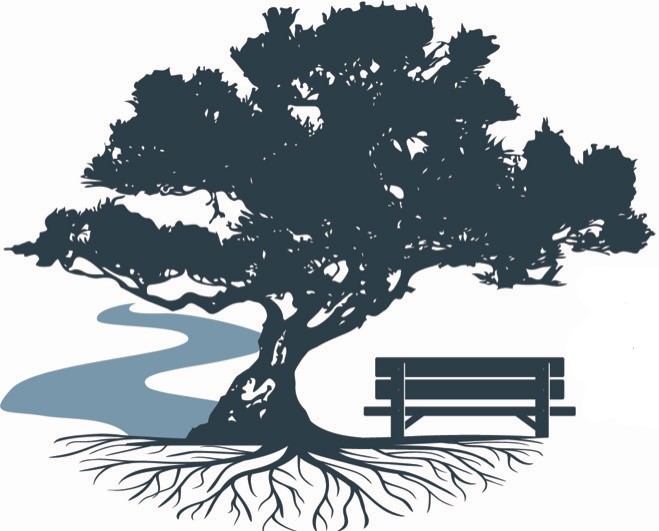Signed S.P. Kehoe, Jr., the Map of Town of Isle of Hope, Chatham County, Georgia was drafted by none other than Simon Phillip Kehoe, Jr., civil engineer and grandson of the legendary William Kehoe, founder of Kehoe Iron Works in Savannah. Completed in January of 1965 on behalf of the Parkersburg Water Corporation, a business founded by Merritt Dixon III to operate the private water system servicing the Parkersburg area, the map documents the network of water pipes installed within the growing Parkersburg subdivision and surrounding community from 1950 to 1962. The survey was created at a time when Isle of Hope’s ideal environs and way of life proved especially attractive to the post-WWII migration of families from the city to the suburbs. Large lots that were once forested with only one or two homes became magnets for entrepreneurial developers who had an eye for divvying up the lots and creating new single-family residential communities, complete with plentiful water distribution and modernized plumbing.
The subdivision bearing the Parkersburg name was originally built in the 1950s on what was once a 47-acre farm lot owned by General William Parker White (1811-1864), nephew of the highly regarded Dr. William Parker (1736-1838), Isle of Hope community leader and esteemed physician. The land was located on the north end of the island and made up part of the original 500-acre tract of land first leased to Henry Parker by the Crown in 1736 and granted to his widow Ann in 1757. The Parker family name has been ingrained in Isle of Hope history and documented on maps as “Parker’s Ferry,” “Parker’s Point,” and “Parkersville” for hundreds of years. It seems only natural that the Parker name would live on in the placename of Parkersburg.
In addition to the map’s intended purpose to pinpoint water pipes for the expanding Parkersburg subdivision, it also captures a moment in time when several of the island’s most prominent street names were assigned to different streets, while others went by alternate names altogether. In 1965, Bluff Drive was known as White Drive and extended east past what is present-day LaRoche Avenue. To add to potential confusion, at the time, a portion of present-day LaRoche Avenue was known as Bluff Road, while a portion of present-day Grimball Point Road was known as LaRoche Avenue. And then there were Elba Lane and Denmark Drive both known as Grove Lane, Gale Break Circle was called Cleon Avenue, Sunbury Lane was known as Vista Avenue, Jameswood Avenue was Johnston Avenue and Cardinal Road was called First Street.
- [City Directories, Savannah, GA, 1958]
- [U.S. Federal Censuses, 1910]
- [Findagrave.com, Simon Phillip Joseph Kehoe Jr., Simon Peter Kehoe, William Kehoe]
- [Dr. William Parker, Nancy B. Leavitt, Dr. Warlick History 300, July 28, 1978]
- [A map of Savannah River Beginning at Stone-Bluff, or Nexttobethel, Which Continueth to the Sea, Also the Four Sounds Savannah, Hossabaw, and St. Katherines and their Islands, DeBrahm, 1752]
- [Northern Frontiers from the Mouth of the River Savannah to the Town of Augusta, Campbell, 1780]
- [Wamberly, Stouf,1810]
- [Map of Town of Isle of Hope for Parkersburg Water Corporation, White Drive, 1965]
- [Place Names – Chatham County, Dr. Julian Kelly, February 22, 2018]
